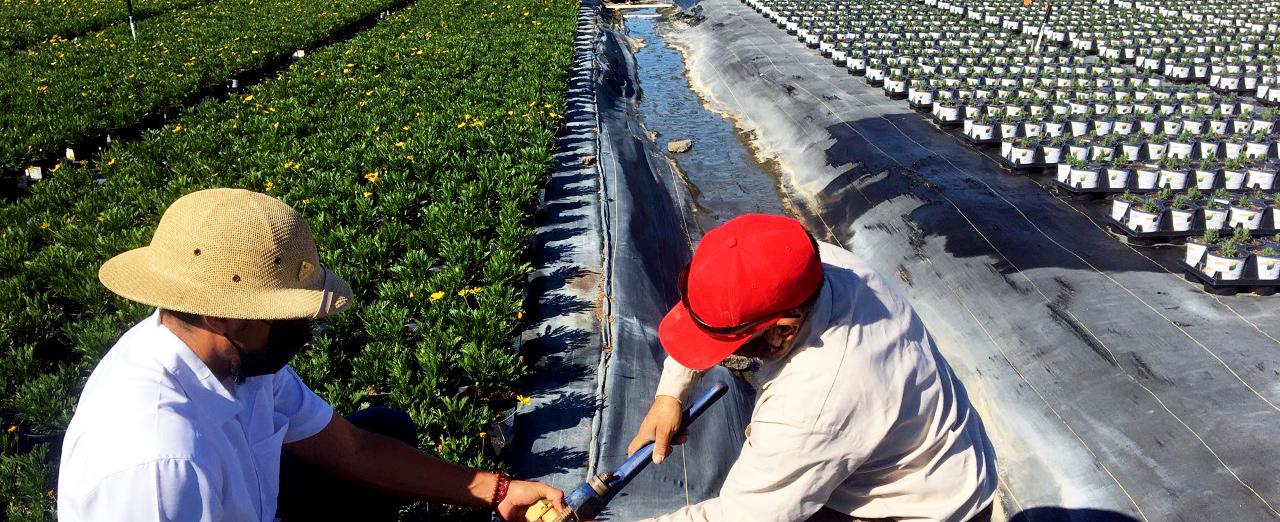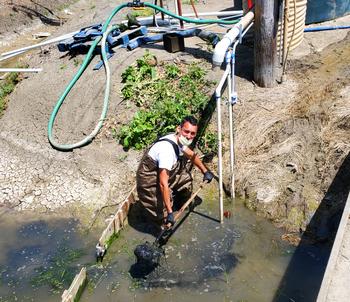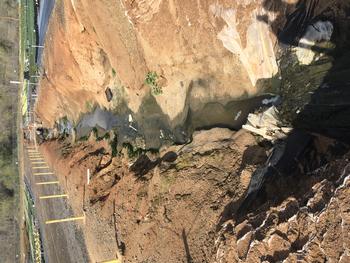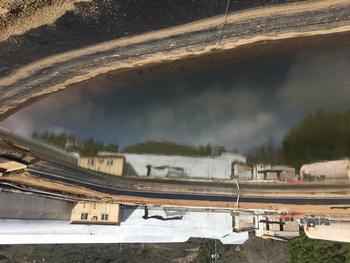How To Manage Water Runoff in Your Nursery

Featured Story
How To Manage Water Runoff In Your Nursery
Written by: Robert Padilla
Edited by: Production Horticulture Advisor, Gerry Spinelli
Water runoff is a significant issue for nurseries, especially in regions like San Diego where rains are often short but intense. It can lead to soil erosion, nutrient loss, and even flooding if not properly managed. San Diego county water quality regulators also forbid the discharge of stormwater runoff if it includes contaminants. As for irrigation, runoff is always forbidden to discharge into surface waters. However, with a few simple strategies, you can effectively manage water runoff on your nursery and protect your plants and soil.
There are two factors for runoff, stormwater, and irrigation. Typically, irrigation runoff is easier to manage, it's predictable and involves small flowrates. It's easy to "see". Stormwater runoff on the other hand has higher flowrates for shorter times and it's harder to manage. Since stormwater runoff is present only a few times a year, you tend to only see the damage after the fact.
So how do we deal with it? First and foremost, it's important to understand the layout of your nursery and identify areas where water runoff is most likely to occur. Common areas by roofs and impervious surfaces such as concrete pads are often places where water tends to concentrate. Also look for low-lying areas such as slopes. Once you have identified these areas, you can begin to implement solutions to manage runoff.
One of the most effective ways to manage water runoff in a nursery is through plumbing. Installing a storm drain near hard surfaces is a great way to avoid runoff altogether. If areas of your property are already experiencing flooding, another way to reduce the problem is by using berms and swales. Berms are raised earth mounds that can be used to direct water flow away from vulnerable areas. Swales, on the other hand, are shallow depressions that can be used to capture and slow down water flow. Both berms and swales can be easily constructed using the soil from your nursery and can be planted with native vegetation to increase infiltration, prevent fertilizers and pesticides from entering our waterways, and reduce soil erosion.
There are a few more things you can do to stay proactive before it rains which will help you with stormwater runoff such as cleaning the nursery floor and removing debris, like leaves or branches, to prevent water from pooling and causing additional flooding or erosion. It is also important to maintain and clean gutters and downspouts that channel rainwater from nursery roofs, to prevent water from overflowing and creating puddles on the nursery grounds.
In addition to stormwater management, another potential factor for runoff is irrigation systems. In San Diego, where droughts are common, it's important to make sure that your water usage is as efficient as possible. Installing a drip irrigation system can be a great way to ensure that water is applied directly to the roots of your plants, while reducing the amount of water that is lost to runoff. If you are using a sprinkler system, efficiencies can also be improved through irrigation audits and by training irrigators. Contact the RCD or the UCCE nursery and floriculture advisor for assistance.
While an efficient irrigation system is key to runoff prevention it is also important to consider the types of plants you are growing in your nursery. Planting drought-tolerant species can help reduce the amount of water that needs to be applied to the nursery, which can help reduce this type of runoff as well. There are also technologies available to capture, treat and reuse irrigation runoff.
Managing water runoff is essential to be in compliance with water quality regulators and important to preserve the environment. By understanding the layout of your nursery, using physical solutions like berms, swales, and considering factors like plant selection and irrigation efficiency, you can effectively reduce and manage water runoff and protect your nursery from erosion, nutrient loss, and flooding. With good planning, knowledge and a bit of effort you can maintain a healthy nursery and prevent water from running off and causing damage.




